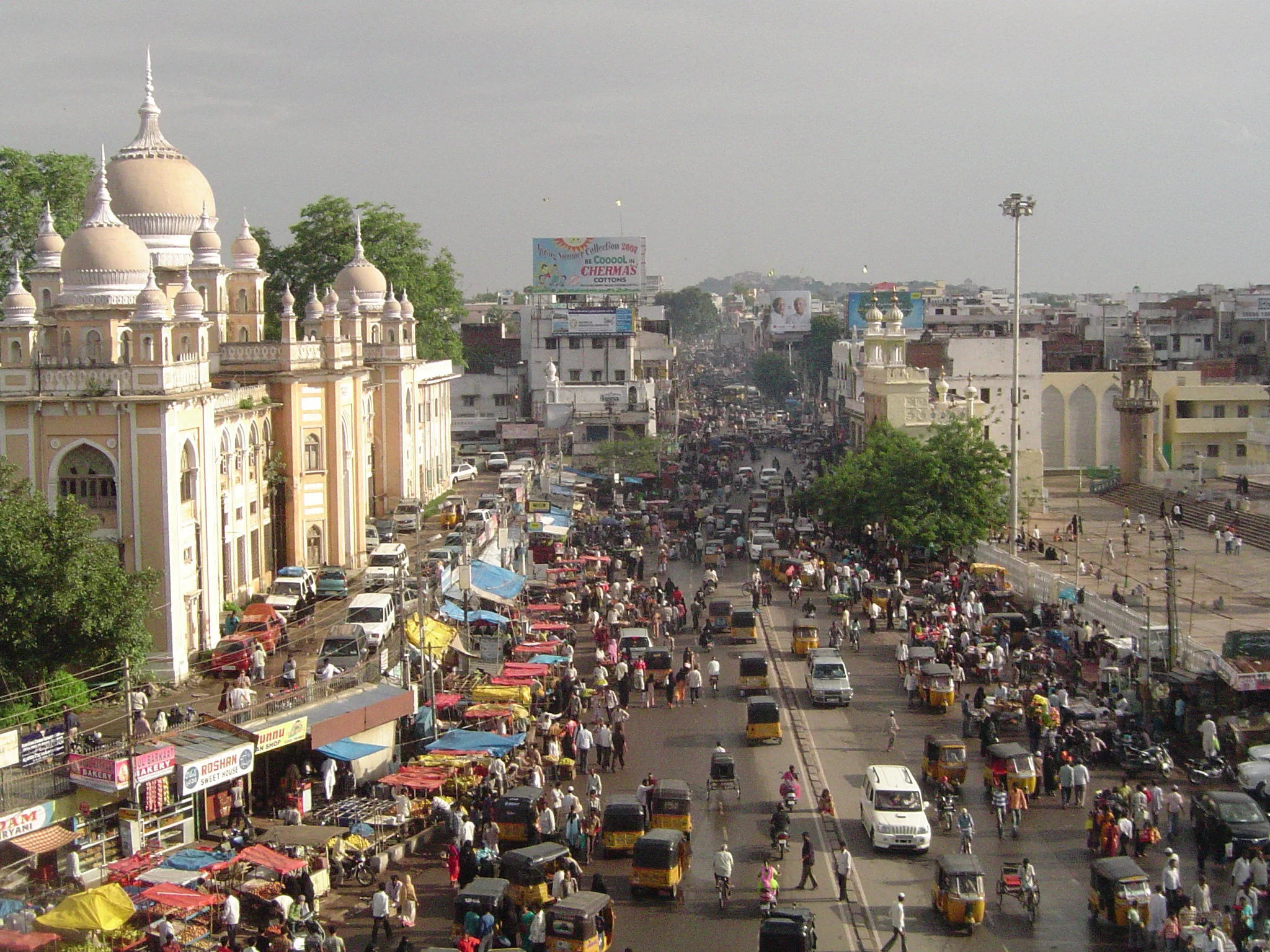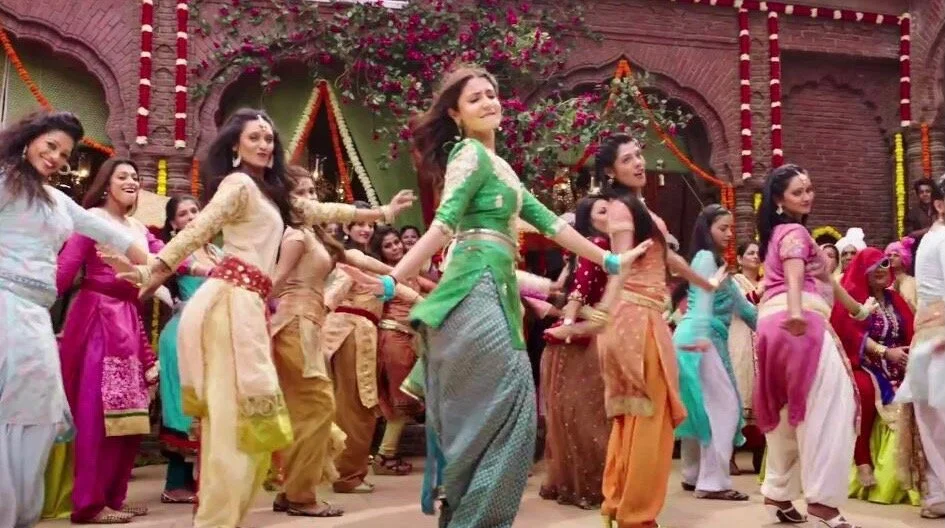The Role Ethnicity Plays for an American-Born Teen
by Anabelle Baum
She was speaking to the new girl at school. Upon first glance, the girl asked, “What would you do if a war started between India and America? Would you get deported?” But Aarna didn’t understand. She was born in Scarsdale, New York, and was just as American as anyone else.
I was looking at Aarna Badami through my computer screen. She was sitting on her brown leather couch with a brick wall as her backdrop, her camera shaking with each laugh. I saw a 15-year-old girl sitting in front of me, who later told me she strives to provide virtual summer camps to younger children, identifies herself as a feminist, and is dedicating a piece of her summer to study journalism. And yes, she did appear to be Indian, but who was I to assume that because she had Indian ethnicity, she was not American?
While it’s interesting that Badami’s parents are from Hyderabad, a city in Southern India, she lives the typical teenage life. She goes to Edgemont Highschool, a small but competitive school, takes piano lessons each week, and has had countless fish that die soon after she buys them. She despises the novel Grapes of Wrath and describes herself as a shy and introverted person.
She may live the typical teenage life, but unlike many of her peers, she deals with the culture clash of being an American girl with different values to those of her Indian parents, saying that “part of it has to do with the time capsule effect. My parents left India very differently than how it is now, so, in their brains, they remember the old India and cling to those old Indian values even though India has changed so much since they lived there.”
“They remember the old India and cling to those old Indian values even though India has changed so much since they lived there.”
In India, it is customary for women to wear a salwar kameez, a loose blouse with long or half-length sleeves that come just above the knees, and a salwar, pajama-style pants that are wide at the waist. Considering most teenage girls own crop tops and leggings as fashion staples, it would make sense that what we as teens view as conservative, would be too form-fitting and unacceptable to her mother.
At one point, Badami’s 11-year-old sister, Sashi, walked in. Badami laughed with her sister, saying, “go away, Sashi, stop it,” and the joking continued for a few minutes. Although I could not see Sashi, as she was not in the camera view, the laughing and playfulness between the sisters was contagious. After Sashi left, Badami explained that while there is a bit of an age gap between them, she and her sister are very close.
“Honestly, I don’t feel like my ethnicity is a huge part of me, it is just a part of the package.”
Badami continued to speak of the culture clash between her and her parents, saying: “They are very stereotypical Asian parents. With a lot of emphasis on education.” Upon further research, I found that this push for excellent education, even if it means Badami’s parents do not find an A to be a sufficient grade in certain circumstances, appears in statistics for Indian immigrants. According to the Migration Policy Institute, nearly 77 percent of Indians have a bachelor’s degree or higher, while just 29 percent of all immigrants and 31 percent of native-borns have this level of education.
But in the end, the new girl that made false assumptions about Badami was merely uneducated and had nothing on her, a motivated young woman and student with aspirations for a business venture in the future. Before clicking “leave breakout room” to conclude the interview, she stressed: “Honestly, I don’t feel like my ethnicity is a huge part of me, it is just a part of the package.”
Works Cited:
Bonser, Dan, “Indian Clothes, What Women and Men of India Wear?” Holiday and Travel Guide to India, 8 Oct. 2018.
Stefan, Trines, “Education in India.” WENR, 19 Nov. 2020.


